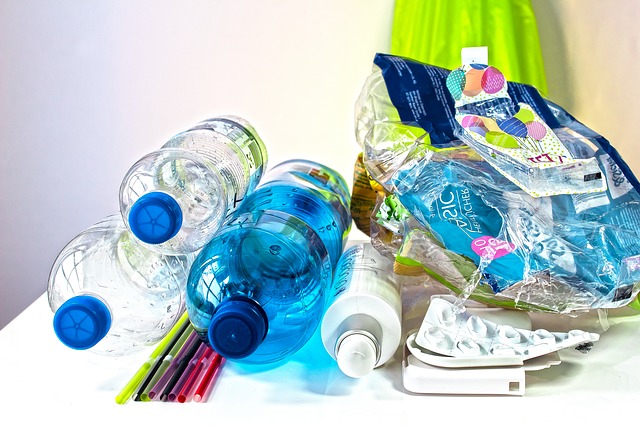In a little more than a half century, we have gone from plastics being the future (yes, it was just a movie, but that doesn’t invalidate the point) to, at least in California, plastics being declared a contaminant that must be eliminated. While this state’s war on plastics makes for good politics, it doesn’t make good sense.
The list of plastic items either fully banned or restricted in California is not a short one. It is both exhaustive and exhausting. Plastic straws, plastic utensils, single-use plastic bags, plastic shampoo and conditioner containers in hotels, plastic water bottles, condiment packages, and foam food containers are a few of the officially disapproved wares that have all fallen under the “verboten” sign.
But this extensive list of banned plastics still does not satisfy the power players in Sacramento. Earlier this year, the Legislature passed a bill – the Plastic Pollution Prevention and Packaging Producer Responsibility Act, Senate Bill 54 – that requires 30% of plastic items sold and distributed in the state to be recyclable by 2028, and by 2032, 65% recyclable.
The legislation claims to target the plastics industry and manufacturers rather than consumers by collecting fees totaling $5 billion from industry members in an effort to cut plastic pollution. It is true that this may not affect consumers for a short time, but the industry will pass on its costs to consumers as soon as possible.
“Our kids deserve a future free of plastic waste and all its dangerous impacts, everything from clogging our oceans to killing animals – contaminating the air we breathe, the water we drink, and the food we eat. No more. California won’t tolerate plastic waste that’s filling our waterways and making it harder to breathe,” Gov. Gavin Newsom said in his signing statement in June. “We’re holding polluters responsible and cutting plastics at the source.”
Ambitious. Will it work? Maybe at the margins. Plastic pollution is not just a California problem, but a California obsession.
To listen to Newsom and other politicians, an outsider would think that most Californians are careless litterbugs, casually tossing aside their used plastic products with no regard to where they will end up.
That’s not at all the case, though.
“Working out what rubbish winds up in the Great Pacific Garbage Patch in the North Pacific, where it comes from, and who is responsible is an ongoing challenge,” Science Alert recently reported. “Now a new study further implicates the global fishing industry in the mix.”
According to that report, “most floating plastics in the North Pacific subtropical gyre can be traced back to five industrialized fishing nations.”
Using computer models to simulate how the samples they analyzed found their way to the patch, the authors learned “that a plastic fragment was 10 times more likely to originate from fishing activities than land-based ones,” says Science Alert.
“Of all 232 plastic objects analyzed by researchers … about their origins, roughly two-thirds were made in either Japan or China.
“Meanwhile, nearly 10% were made in South Korea, 6.5% came from the US, 5.6% came from Taiwan, and 4.7% from Canada.”
Food and drink items found hardly registered as a portion of the mass that was analyzed.
Of course, there’s plastic pollution to be found outside of the Great Pacific Garbage Patch. Some people litter; others are careless. Occasionally accidents result in plastics landing outside the garbage and recycling streams. But it’s mostly on a scale that can be handled by enforcing littering laws and increasing awareness through public-service campaigns, which both have been found to work. Instead, we get meddling legislation because it provides greater opportunities for political grandstanding.

